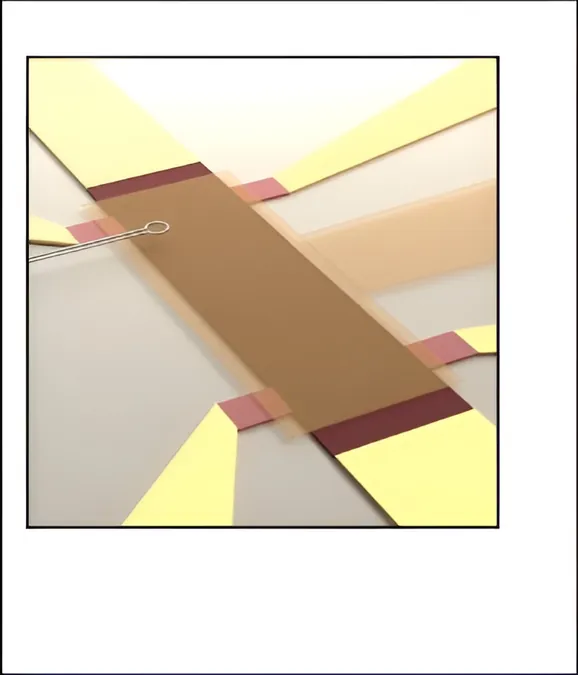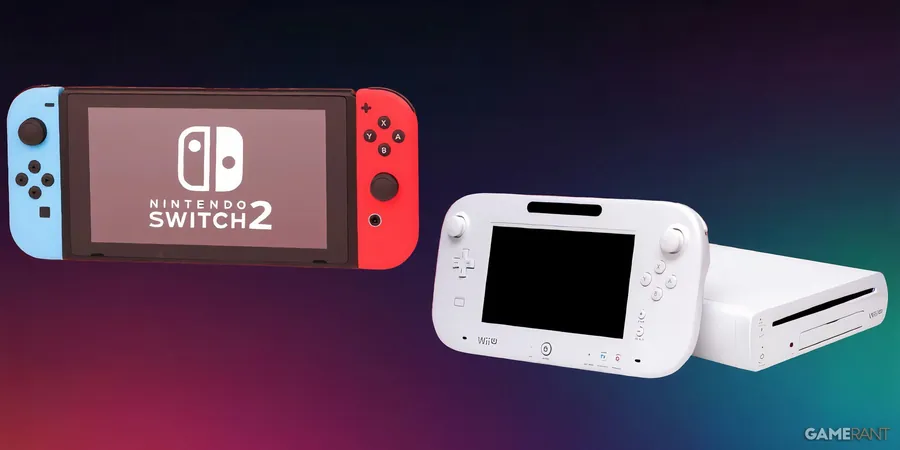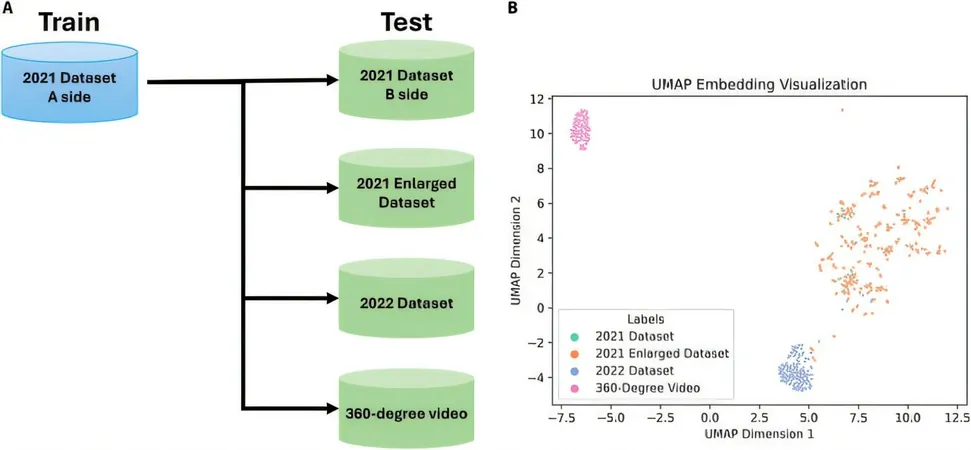
Unraveling Topological Censorship: New Insights from Microscopic Theory of Chern Insulators
2024-09-25
Author: Michael
What is Topological Protection and Censorship?
Topological protection serves as a shield, granting exceptional resilience to certain physical phenomena against various disturbances. However, it also imposes what scientists term "topological censorship," effectively concealing a wealth of fascinating microscopic details. Topological states, which gained prominence following the 2016 Nobel Prize awarded to David J. Thouless, F. Duncan M. Haldane, and J. Michael Kosterlitz for their pioneering work, reveal that at ultra-low temperatures, atoms and electrons can form unique states that differ from conventional forms of matter.
These topological states are significant because their properties stem from the geometric structure of their quantum wavefunctions, making them less susceptible to disruption. Notably, their robustness is fundamental to the quantized resistance observed in the quantum Hall effect, which has redefined standards of resistance in metrology.
The Challenge of Topological Censorship
Topological protection presents the potential to revolutionize quantum computing by safeguarding quantum information from various errors. However, this same protection creates a barrier, resulting in topological censorship that masks local properties of the states and complicates experimental investigations.
Traditionally, experiments have elucidated global universal properties, such as quantized resistance, but this has come at the cost of obscuring essential local details. Analogous to a black hole's event horizon concealing its internal workings, topological censorship limits what can be observed in experiments. The prevailing theory suggested that in the quantum Hall effect, current is predominantly confined to edge states; however, recent experiments at Stanford and Cornell have posed a challenge to this view.
Revolutionary Findings in Chern Insulators
Recent breakthroughs have revealed that current in certain systems, namely Chern insulators, can distribute within the bulk of the material rather than being strictly confined to the edges. These radical findings came about after researchers, using a SQUID magnetometer, mapped the distribution of current through the sample with surprising results: instead of the anticipated edge localization, current was observed flowing throughout the sample depending on applied voltages.
The theoretical advancements by Douçot, Kovrizhin, and Moessner provide a crucial explanation for these experimental results. Their analysis identified a new mode of transport characterized by a meandering conduction channel capable of supporting quantized bulk current. This challenges the traditional understanding of current flow in topological materials, resembling a river navigating a diverse ecosystem rather than a rigid canal.
Conclusion: Breaking Censorship’s Grasp
This pioneering work holds the promise of bridging the gap left by topological censorship, unveiling the hidden complexities of current flow in Chern insulators. It not only confirms previous observations made by experimental groups but also opens avenues for future research into the nature of topological phases and their potential applications in quantum computing.
As this field evolves, more experimental and theoretical investigations are likely to further unravel the intricacies of topological materials, potentially leading to novel applications that could transform technology as we know it. Stay tuned for more discoveries that could change our understanding of physical phenomena!









 Brasil (PT)
Brasil (PT)
 Canada (EN)
Canada (EN)
 Chile (ES)
Chile (ES)
 España (ES)
España (ES)
 France (FR)
France (FR)
 Hong Kong (EN)
Hong Kong (EN)
 Italia (IT)
Italia (IT)
 日本 (JA)
日本 (JA)
 Magyarország (HU)
Magyarország (HU)
 Norge (NO)
Norge (NO)
 Polska (PL)
Polska (PL)
 Schweiz (DE)
Schweiz (DE)
 Singapore (EN)
Singapore (EN)
 Sverige (SV)
Sverige (SV)
 Suomi (FI)
Suomi (FI)
 Türkiye (TR)
Türkiye (TR)